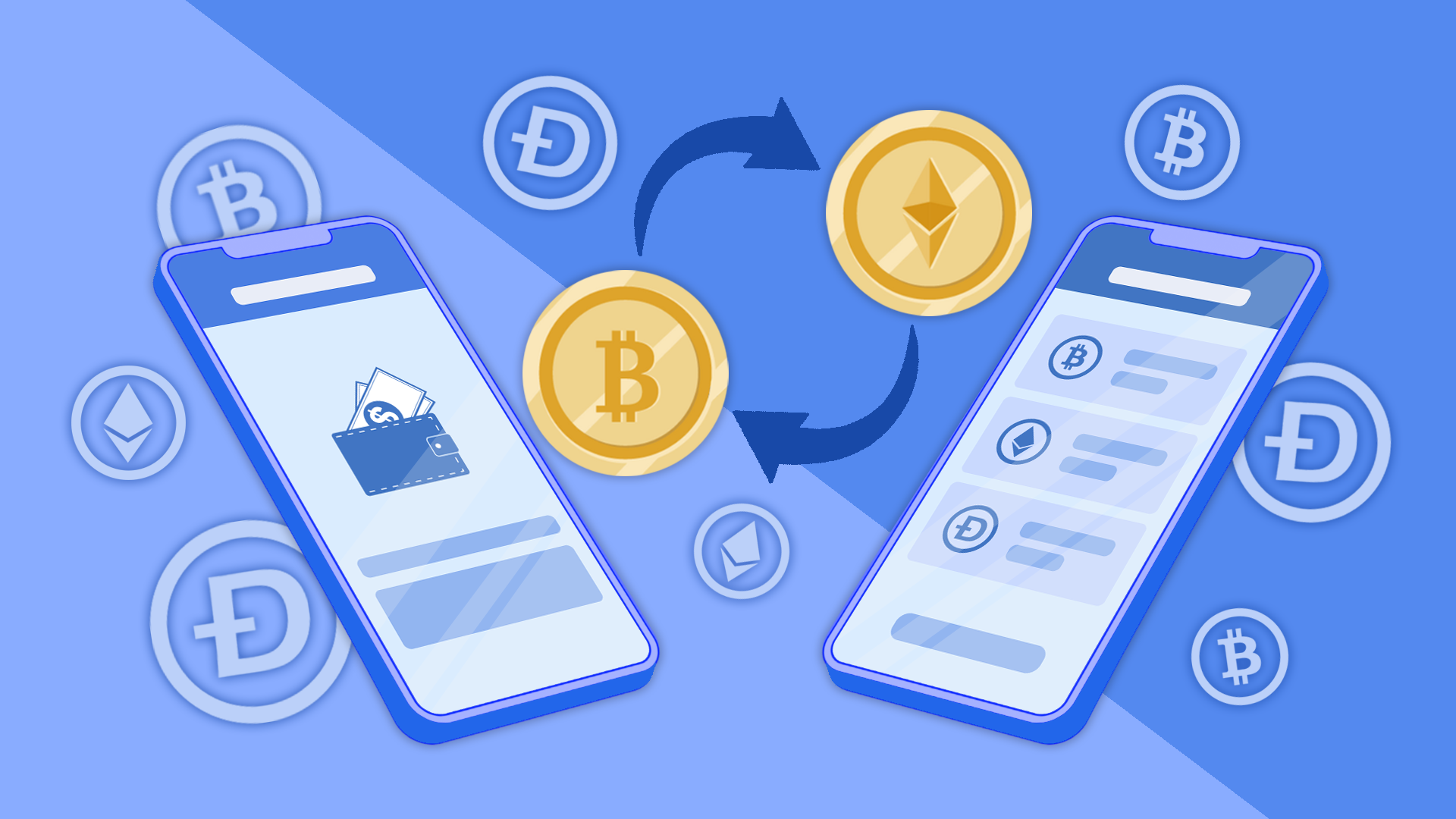For SaaS companies operating across borders, payment costs can quietly eat into margins. Between FX fees, SWIFT charges, banking delays, and chargebacks, traditional B2B payment rails often feel like an outdated system trying to support a modern digital business.
One fast-growing SaaS startup was feeling the pinch. Based in Europe but serving clients in the US, LATAM, and Asia, they were spending tens of thousands of dollars each year just to move money. Invoices were delayed, reconciliation was messy, and customer churn was creeping up due to billing friction.
To solve this, they turned to stablecoins—and more specifically, to TransFi.
Here’s how they cut their international payment costs by 70%, reduced billing headaches, and set up a faster, simpler global payment flow using TransFi’s crypto infrastructure.
The Challenge: Costly Cross-Border Payment Operations
The company offered enterprise software on a monthly subscription model. But even with a great product and growing demand, getting paid was painful.
- Bank transfers to and from clients in emerging markets took days, often with unpredictable delays.
- Each cross-border invoice lost between 3–7% to currency conversion, SWIFT, or intermediary banking fees.
- Some clients couldn’t even pay via international wire, requiring extra invoicing workarounds or fintech platforms with high markup.
- Settling payments in multiple currencies made reconciliation a weekly nightmare for the finance team.
The company knew stablecoins could help but didn’t want to build wallets, deal with custody, or manage blockchain transactions internally.
That’s where TransFi came in.
The Solution: Stablecoin Payments via TransFi’s API
By integrating TransFi, the SaaS company gained access to a plug-and-play stablecoin payment infrastructure without needing to change how their business operated.
Here’s what they did:
- Offered clients the option to pay in USDC or USDT via TransFi’s on-ramp, using local payment methods in their own country.
- Used TransFi’s backend API to auto-generate wallet addresses for each invoice, with built-in settlement tracking.
- Received funds in USDC, instantly and without banking intermediaries.
- Managed the full process through a simple dashboard that connected directly to their invoicing system.
There were no crypto wallets to build or blockchain protocols to learn. TransFi handled all the complexity under the hood.
Immediate Results: 70% Lower Fees and Faster Payments
The change was immediate.
- International payment costs dropped by over 70%, thanks to zero FX fees, no SWIFT, and fewer intermediaries.
- Settlement time went from 3–5 days to less than 30 minutes in most cases.
- Clients in LATAM and Asia, previously blocked by currency issues, now had a frictionless way to pay.
- The finance team got real-time tracking of each payment, cutting reconciliation time in half.
Even better, many clients appreciated the modern approach. Offering a crypto-native payment option helped the SaaS company stand out in a crowded space.
Why Stablecoins Were the Right Fit
For this SaaS business, stablecoins offered the perfect mix of speed, predictability, and global reach. USDC and USDT gave them:
- A dollar-pegged asset to keep pricing consistent across markets
- Instant settlement without needing to wait for clearing systems
- Access to clients in countries with limited access to USD or card payments
And because TransFi handled all the infrastructure—on-ramps, compliance, KYC, and settlement—they could benefit from crypto without becoming a crypto company.
Built for B2B SaaS Flows
One reason this solution worked so well was that TransFi’s API is designed to support recurring and invoice-based B2B flows—not just one-off consumer payments. The company could:
- Tie each USDC payment to a specific invoice ID
- Trigger payment requests programmatically from their billing platform
- Offer stablecoin as a payment method without confusing users with wallet tech
This flexibility allowed them to roll out stablecoin payments without disrupting existing operations or retraining staff.
Final Outcome: A Scalable, Modern Payment Stack
Since implementing TransFi, the SaaS company has:
- Saved thousands in fees every month
- Cut customer churn caused by billing issues
- Shortened their invoice-to-cash cycle significantly
- Positioned themselves as a tech-forward, flexible partner for enterprise clients
Stablecoins haven’t just made their finance ops cleaner—they’ve become a quiet growth lever.
Also read: Stablecoin Payments in San Marino: Micro-Jurisdictions Adopting Digital Finance Rails
The Takeaway:
This case shows that SaaS companies don’t need to settle for outdated, expensive payment rails—especially when dealing internationally. With TransFi, they can integrate stablecoin payments quickly, securely, and without adding operational burden.
For startups and scaleups that invoice clients in multiple countries, stablecoins are no longer a fringe option—they’re a smart business move. And TransFi makes it easy to get started, without needing a blockchain team or a wallet product.
FAQ
1. How do stablecoins help SaaS companies reduce payment costs?
Stablecoins like USDC eliminate FX fees, SWIFT charges, and intermediary banking costs, making cross-border payments faster and significantly cheaper.
2. Does using TransFi require building a crypto wallet or hiring blockchain developers?
No. TransFi provides a plug-and-play API, so SaaS companies can accept stablecoin payments without building crypto infrastructure.
3. How fast are stablecoin payments with TransFi?
Most payments settle in under 30 minutes, compared to 3–5 days with traditional bank transfers.
4. Is TransFi secure and compliant?
Yes. TransFi handles KYC, AML, and regulatory compliance for all transactions, offering peace of mind to businesses and clients.
5. Can TransFi be used for recurring SaaS billing?
Absolutely. TransFi supports invoice-based and recurring B2B flows, making it ideal for SaaS subscription models.
Table of Contents
Suggested Article
Explore our products

Make global payments at the speed of a click

Accept payments, remove borders.

Unlock Seamless Digital Currency Transactions Anywhere








.png)














